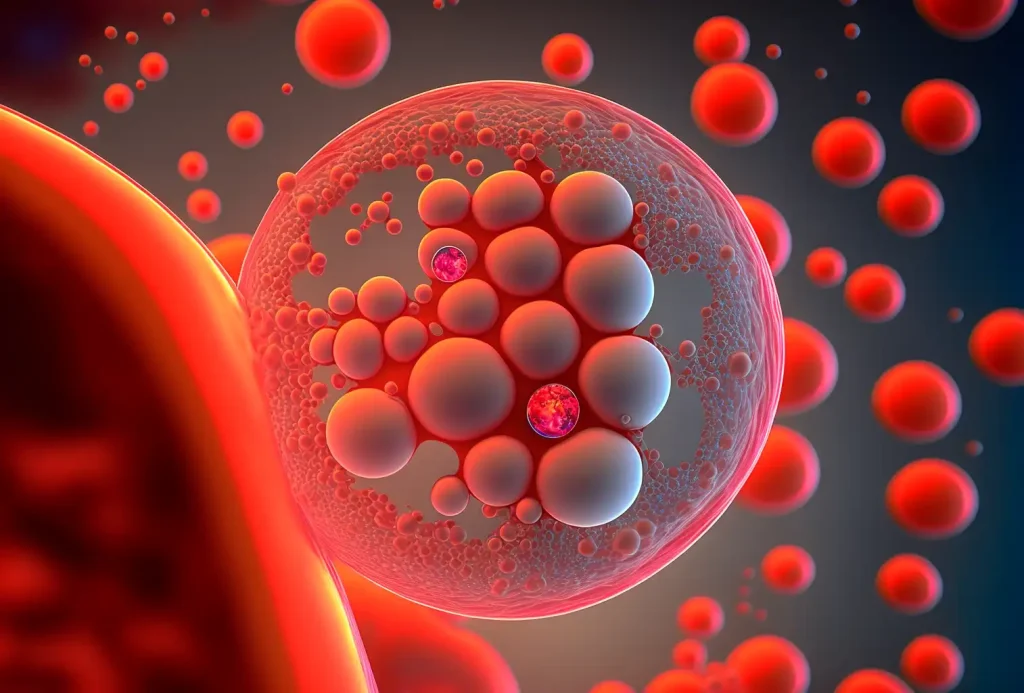Context:
Chinese scientists have achieved a significant breakthrough by successfully treating a patient with Type 1 diabetes through a stem cell transplant using chemically induced pluripotent stem cells (CiPSCs).
About Chemically Induced Pluripotent Stem Cells (CiPSCs)

- CiPSCs are derived from a patient’s own cells and can be reprogrammed to become functional beta cells, which produce insulin.
- In the case of Type 1 diabetes, researchers created CiPSCs from the patient, and then transplanted these reprogrammed cells into her body.
- This allowed her pancreas to start producing insulin again, leading to improved blood glucose levels and a significant reduction in her need for insulin injections.
Risks and Challenges of Using CiPSCs in Diabetes Treatment
- Immune Rejection: Although CiPSCs are patient-specific, the body may see newly created beta cells as foreign, leading to immune responses that might require immunosuppressive drugs, increasing infection risks.
- Tumor Formation: If stem cells do not fully differentiate, they may grow uncontrollably, raising the risk of tumours.
- Long-Term Functionality: Beta cells derived from CiPSCs may face stress and ageing, reducing their insulin production over time, necessitating further research on their long-term effectiveness.
About Diabetes
Diabetes is a chronic disease that occurs when the pancreas doesn’t produce enough insulin or the body cannot use insulin effectively.
- Insulin is a hormone that helps regulate blood sugar levels.
Types of Diabetes:
Type 1 Diabetes:
- Known as juvenile diabetes or insulin-dependent diabetes.
- Type 1 diabetes is a lifelong autoimmune disease that prevents the pancreas from making insulin.
- It is characterized by little to no insulin production and requires daily insulin injections.
- This type often develops in children or young adults but can occur at any age.
Type 2 Diabetes:
- Type 2 diabetes affects how the body uses sugar (glucose) for energy.
- It can result from the pancreas not producing enough insulin or the body not using insulin properly (insulin resistance).
- While it usually affects older adults, it is increasingly common in children.
Type 1.5 Diabetes:
- Type 1.5 diabetes, also known as LADA (Latent Autoimmune Diabetes in Adults), is similar to Type 1, involving an immune response against insulin-producing cells but develops more slowly.
- People with LADA often do not need insulin immediately but they may develop a need for it over time.
- Type 2 diabetes is much more common than Type 1, accounting for about 90% to 95% of all diagnosed cases of diabetes. Only about 5-10% of people with diabetes have Type 1.
Also Read:
Union Cabinet approves classical language status to five languages

